The Indian Buddhist Iconography
by Benoytosh Bhattachacharyya | 1958 | 51,392 words | ISBN-10: 8173053138 | ISBN-13: 9788173053139
This page contains an iconography image of (Avalokiteshvara): Shadakshari-Lokeshvara and represents figure 94-98 of the book Indian Buddhist Iconography, based on extracts of the Sadhanamala English translation. These plates and illustrations represent either photographs of sculptures or line-drawing reproductions of paintings or other representations of Buddhist artwork.
Figure 94-98 - (Avalokiteśvara): Ṣaḍakṣarī-Lokeśvara
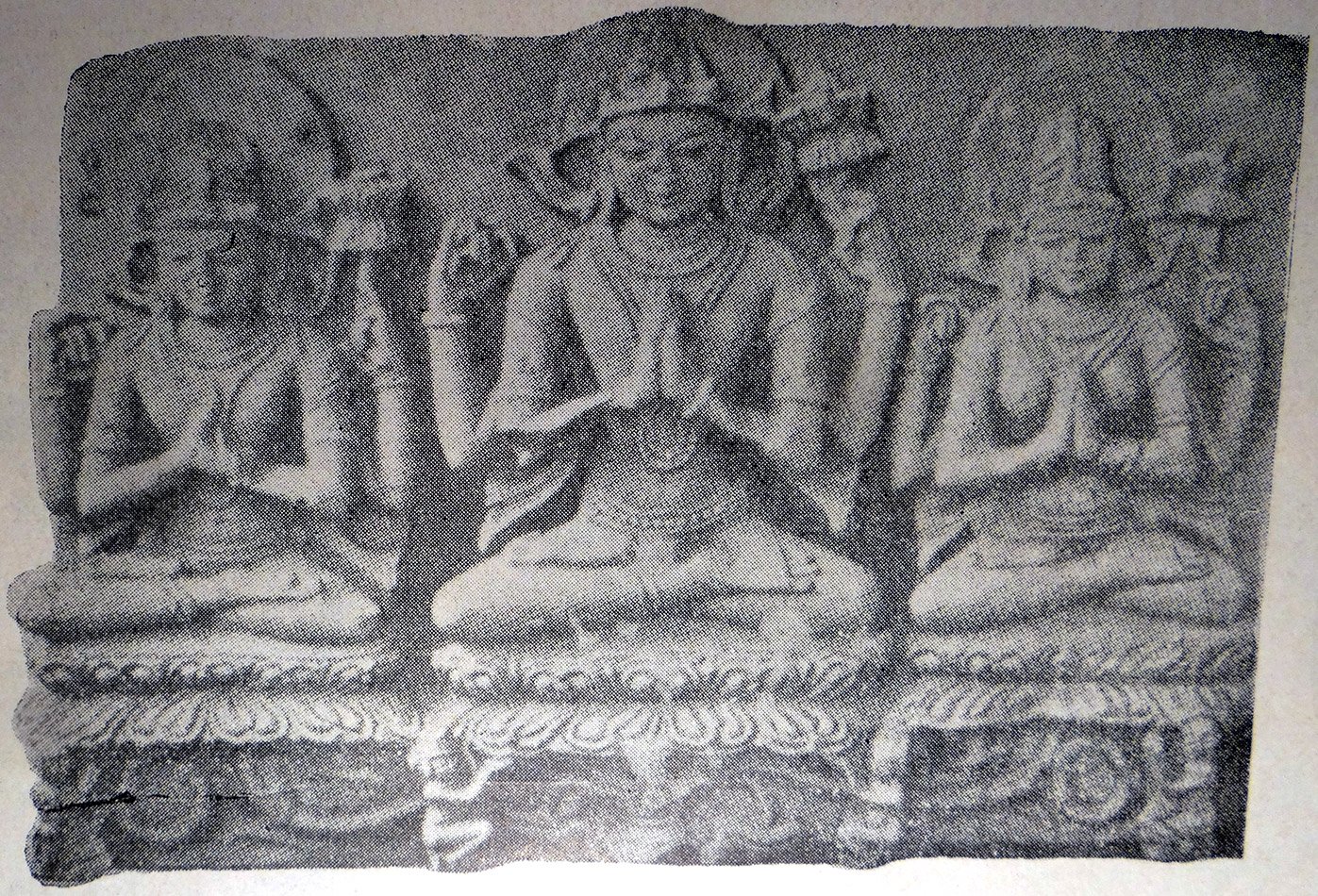 Figure 94: Ṣaḍakṣarī group (Sarnath) |
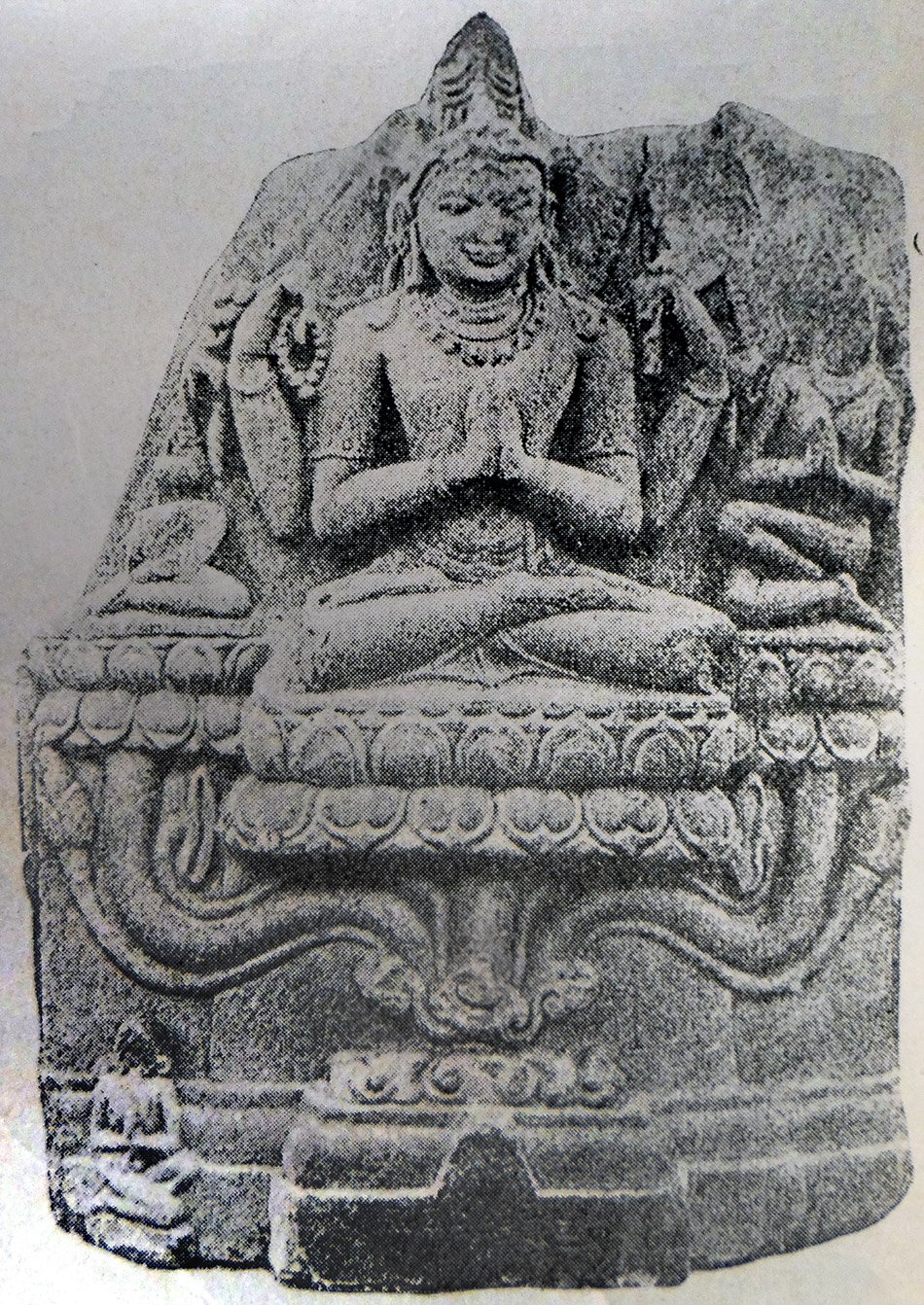 Figure 95: Ṣaḍakṣarī group (Indian Museum) |
|
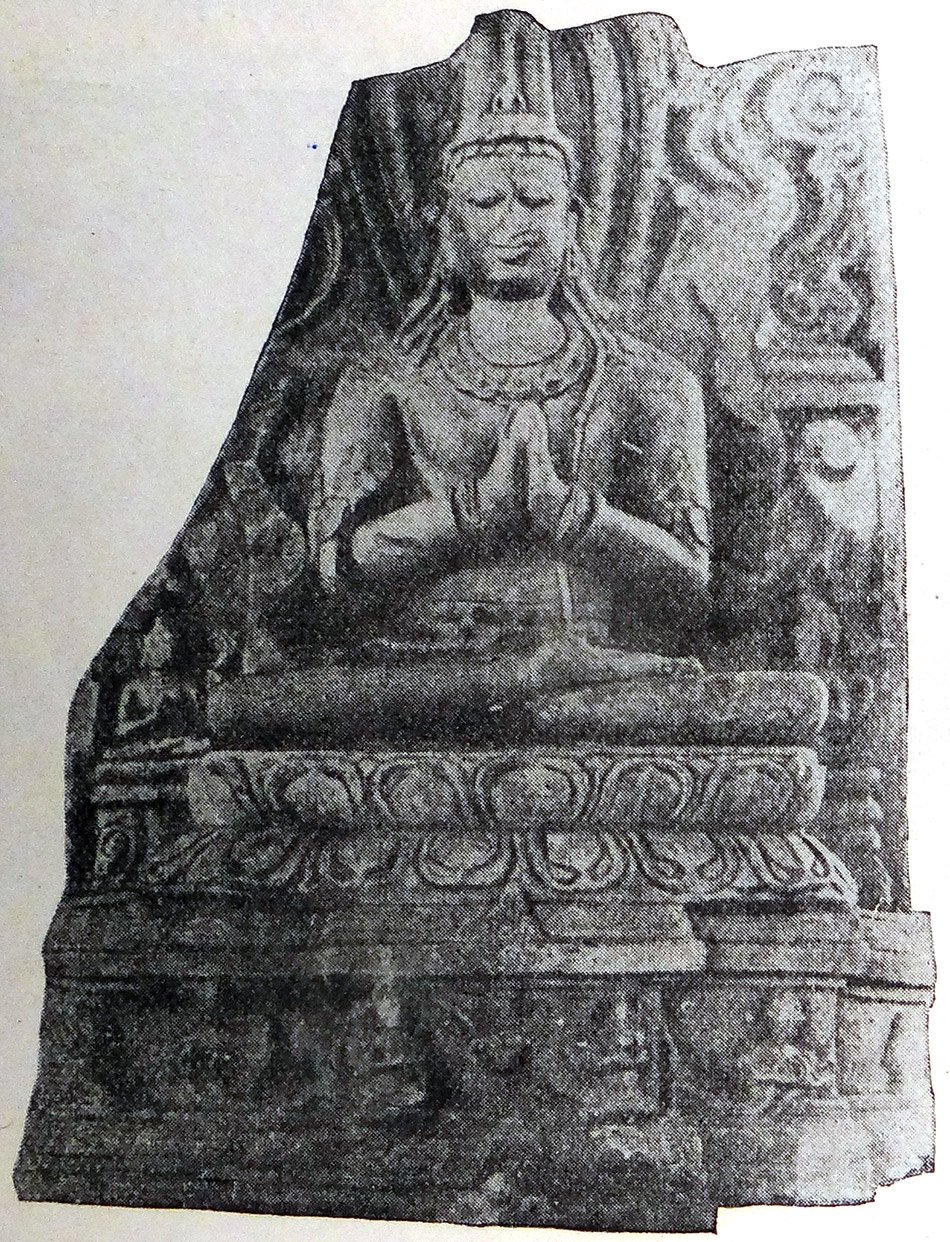 Figure 96: Ṣaḍakṣarī group (Birbhum) |
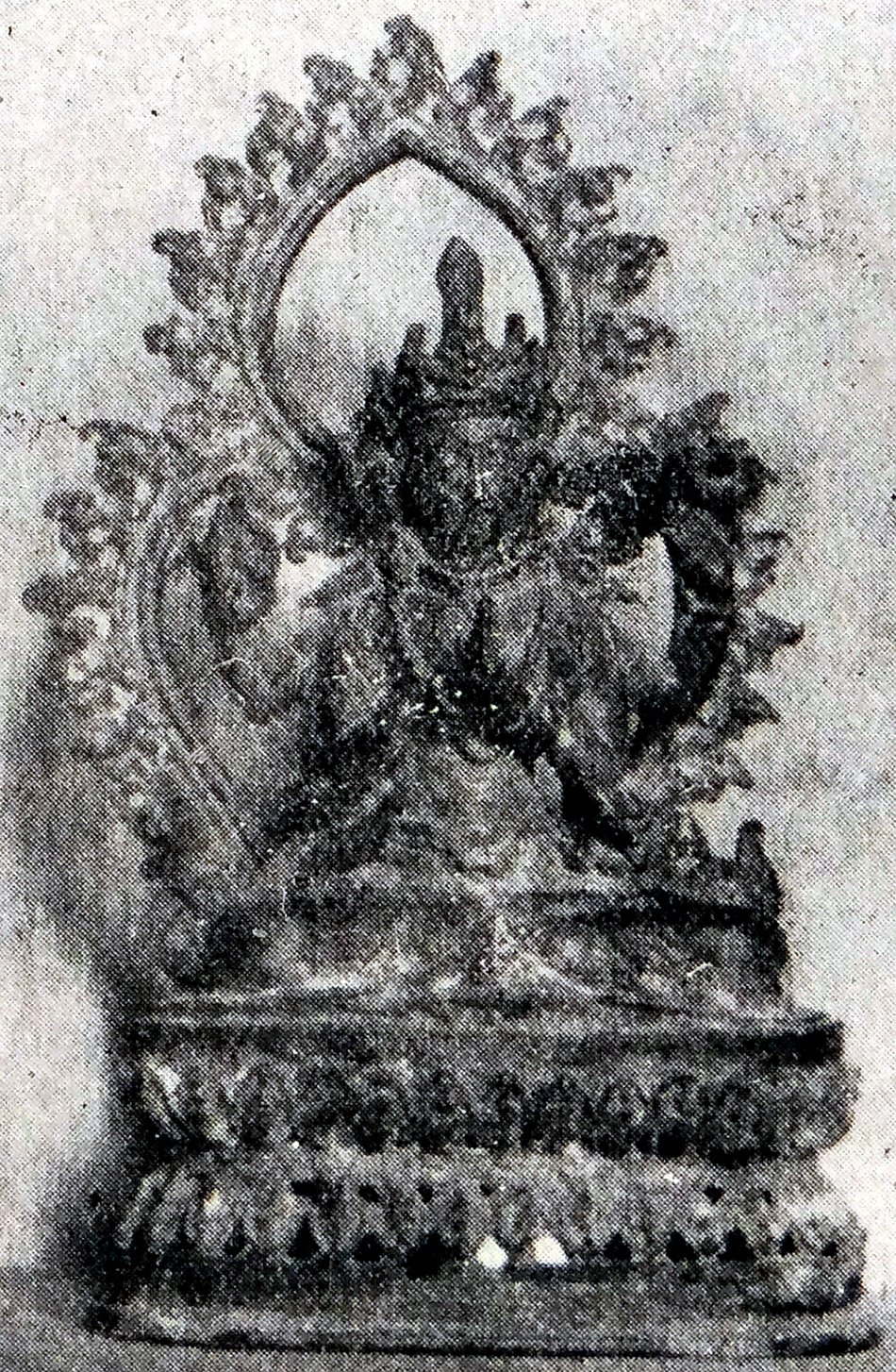 Figure 97: Ṣaḍakṣarī group (Baroda Museum) |
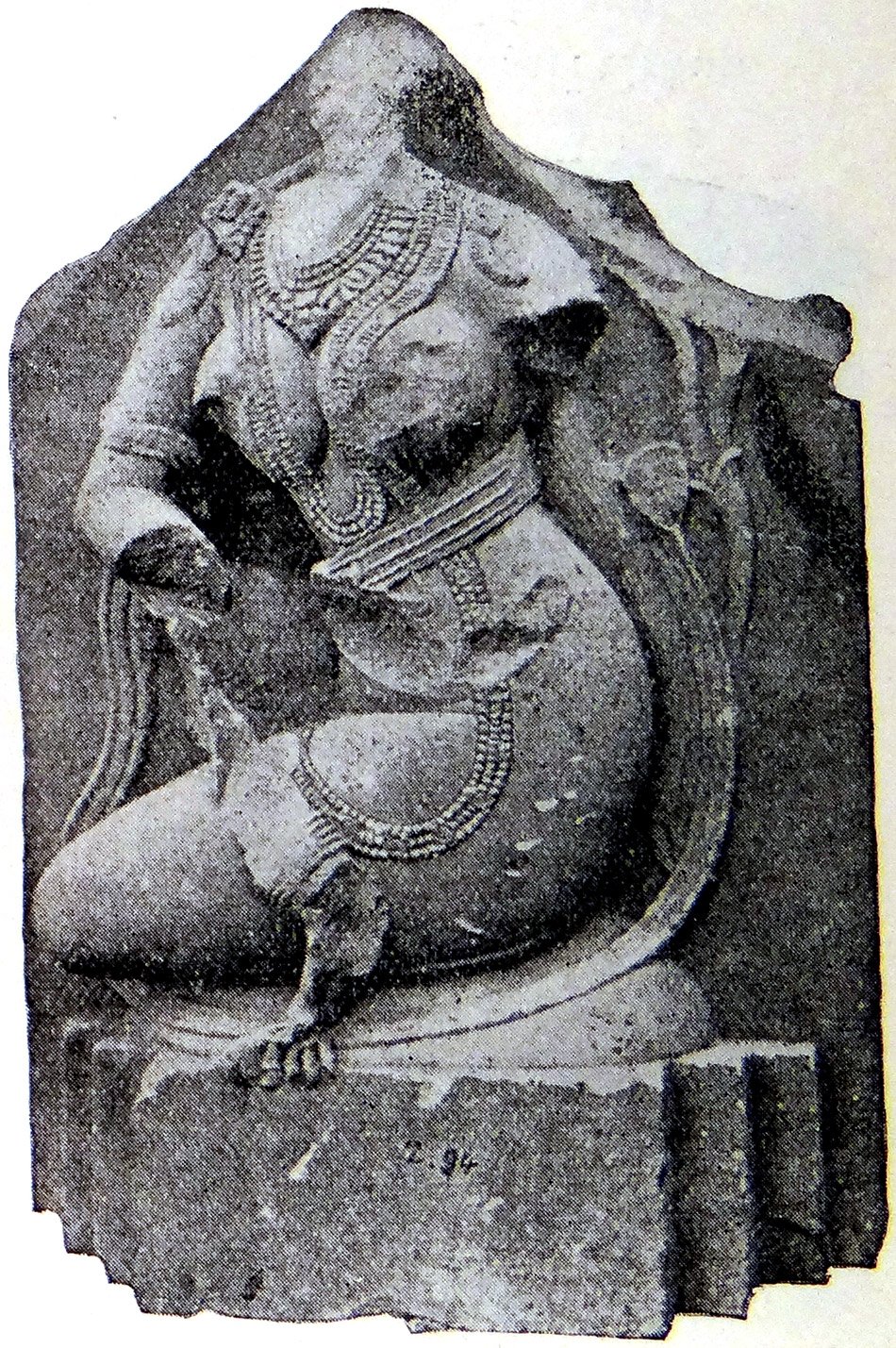 Figure 98: Ṣaḍakṣarī Mahāvidyā (Sarnath) |
Four Sādhanas in the Sādhanamālā are devoted to the worship of this form of Avalokiteṣvara, of which two describe him in a group of three. In a third he is accompanied by Ṣaḍakṣarī Mahāvidyā, and in the fourth he is single. In all these, the form of Lokeśvara is the same.
An artistic sculpture (Fig. 94) depicting all the three deities of the Ṣaḍakṣarī group is preserved in the Sarnath Museum. In this group, Ṣaḍakṣarī Lokeśvara is in the middle, the figure to the right is Maṇidhara and the female figure to the left is Ṣaḍakṣarī Mahāvidyā. It may be noticed that under the seats of lotuses there are four diminutive figures which represent none else than the four guardians of the gates of the Ṣaḍakṣarī Maṇḍala, as prescribed in the Kāraṇḍavyūha.
Another artistic but mutilated image of the Ṣaḍakṣarī group (Fig. 95) is now to be found in the Indian Museum, Calcutta. In this piece both Maṇidhara and Ṣaḍakṣarī Mahāvidyā are shown in the peculiar attitude of sitting known as Vīrāsana.
A third image (Fig. 96) found in the district of Birbhum by Mr, K. N. Dikshit of the Archaeological Department is also of the Ṣaḍakṣarī group, although it is mutilated beyond recognition. The central figure depicting Ṣaḍakṣarī Lokeśvara has lost two hands bearing the rosary and the lotus, but the marks are still there on the stone. The two hands exhibiting the Añjali mudrā hold also the jewel.
Images of Ṣaḍakṣarī Lokeśvara both singly as well as in groups abound in Nepal and almost every monastery in Nepal contains one or more images. A coloured image of this divinity appears in the temple of Bodhnath a famous place of pilgrimage in Nepal.
Fig. 97 illustrates the principal deity as single in a beautiful bronze now preserved in the Baroda Museum.
When he appears in a group of two in the company of Ṣaḍakṣarī Mahāvidyā, the goddess may have another form depicting her in Vīrāsana with yellow colour and two hands. Her right hand remains empty, while the left holds the jewel. The Sarnath Museum image (Fig. 98) although mutilated, must represent this form of Ṣaḍakṣarī Mahāvidyā who can be readily recognised by the peculiar Āsana which is uncommon in Buddhist iconography.
Colour: white;
Arms: four;
Mudrā: añjali;
Symbols: rosary and lotus;
Companions: Maṇidhara and Ṣaḍakṣarī Mahāvidyā;
